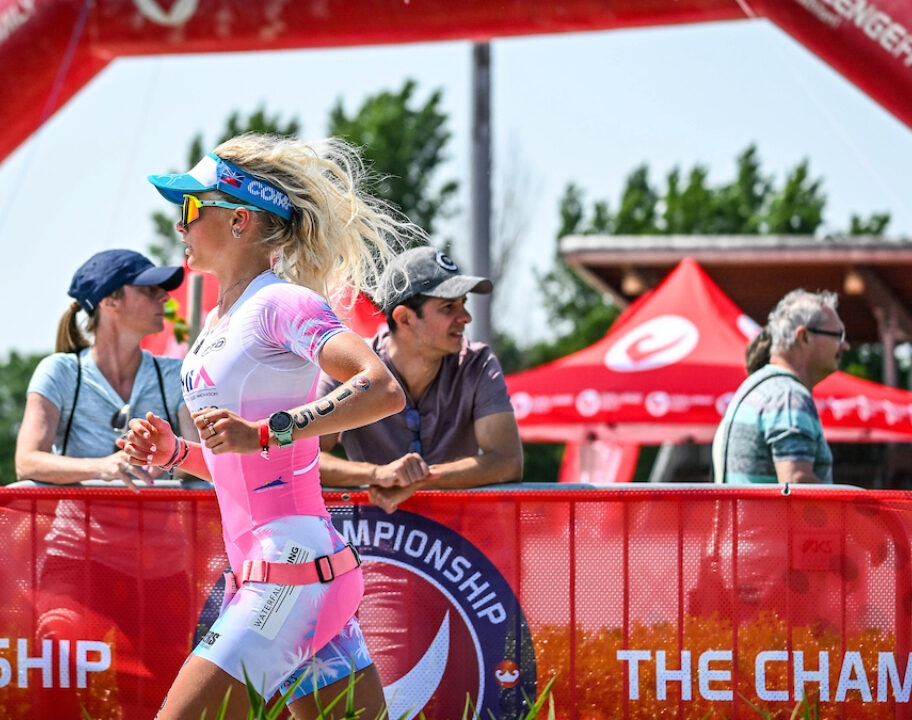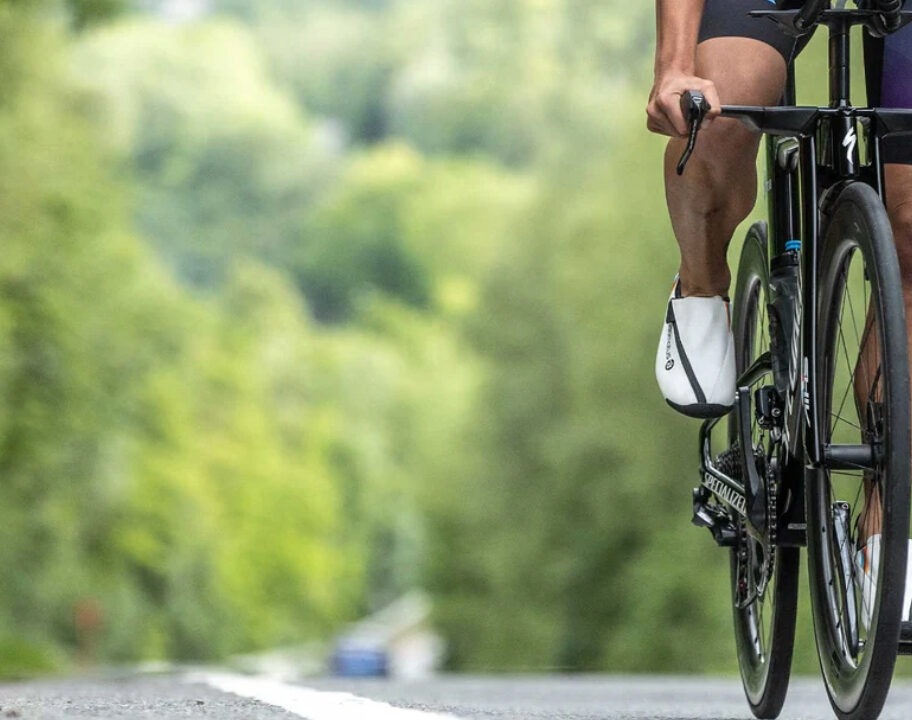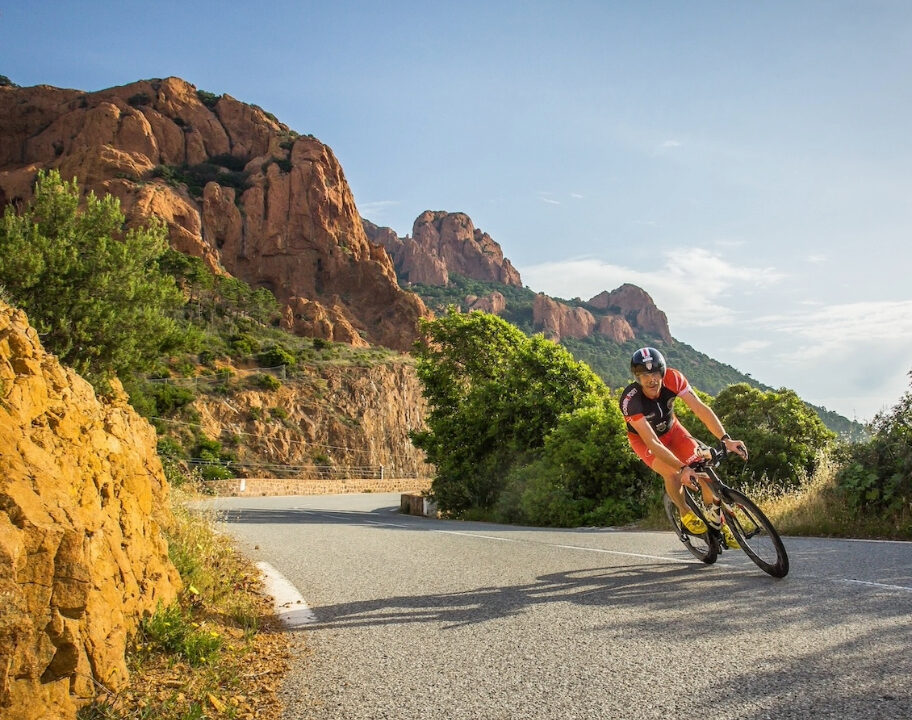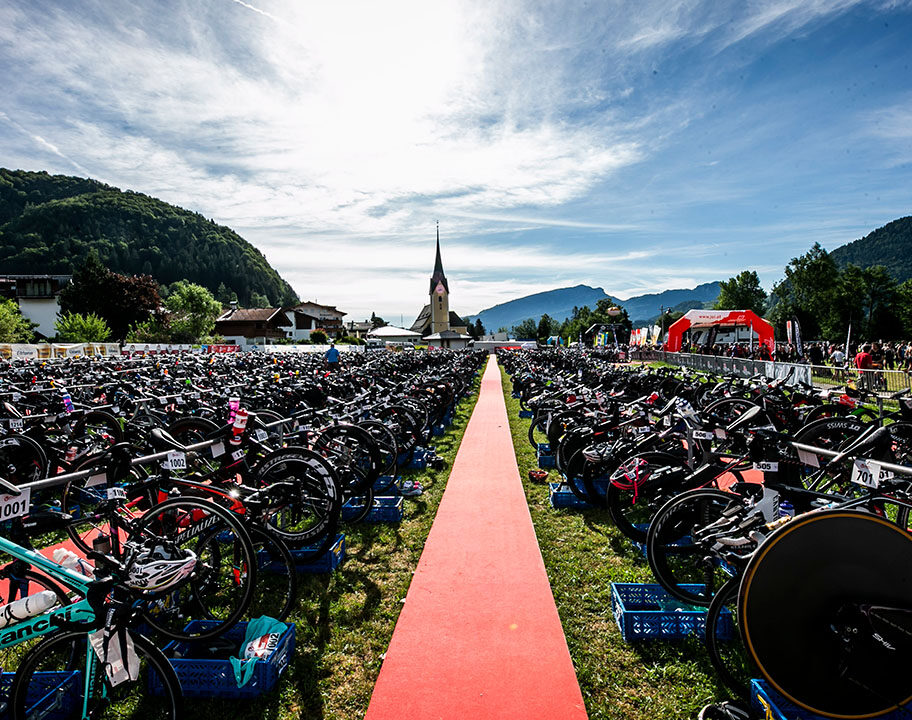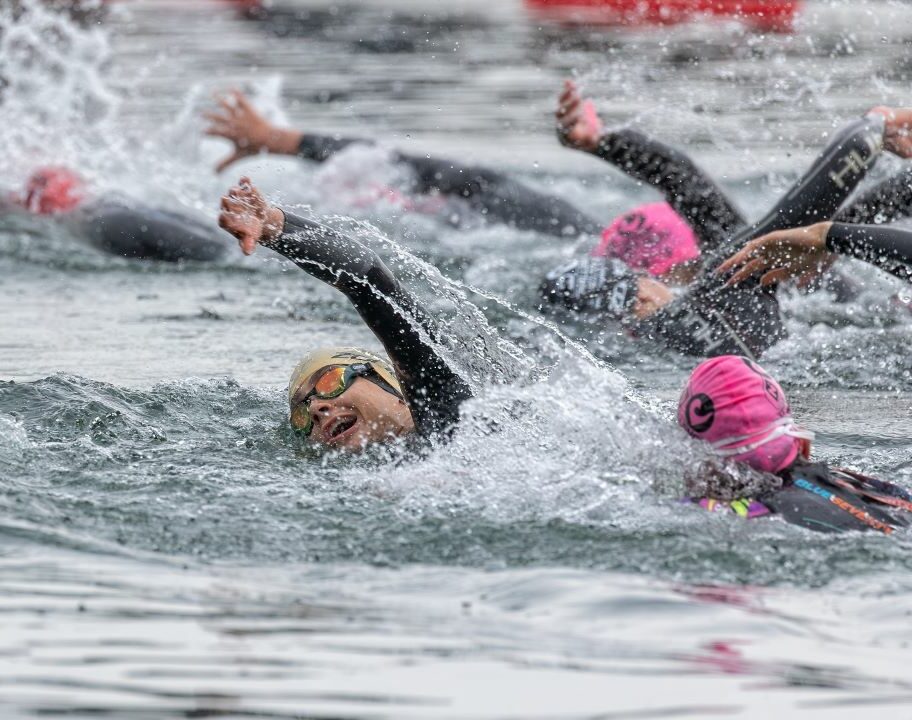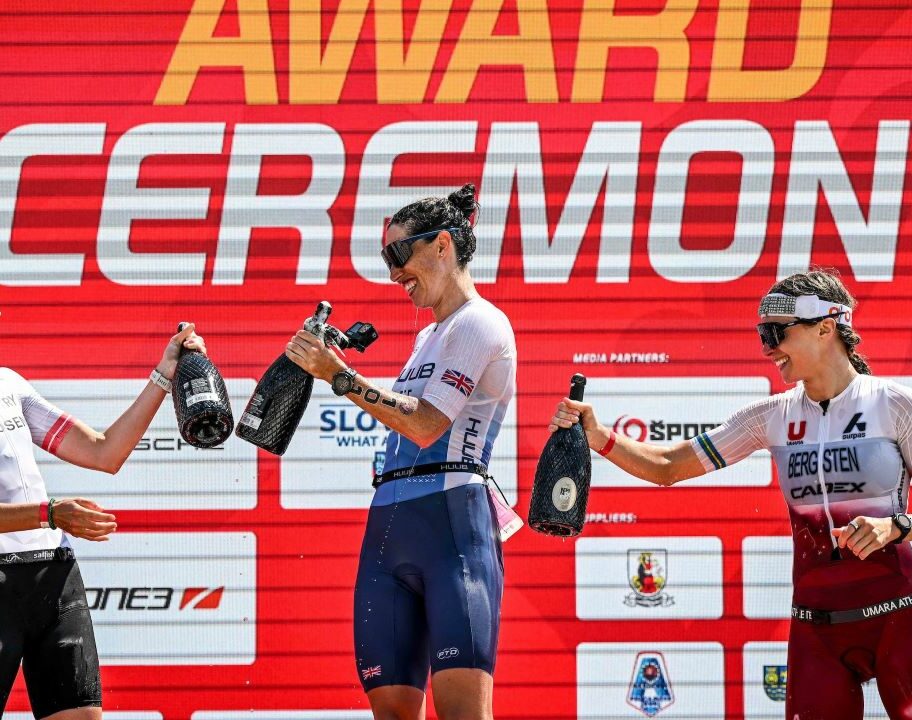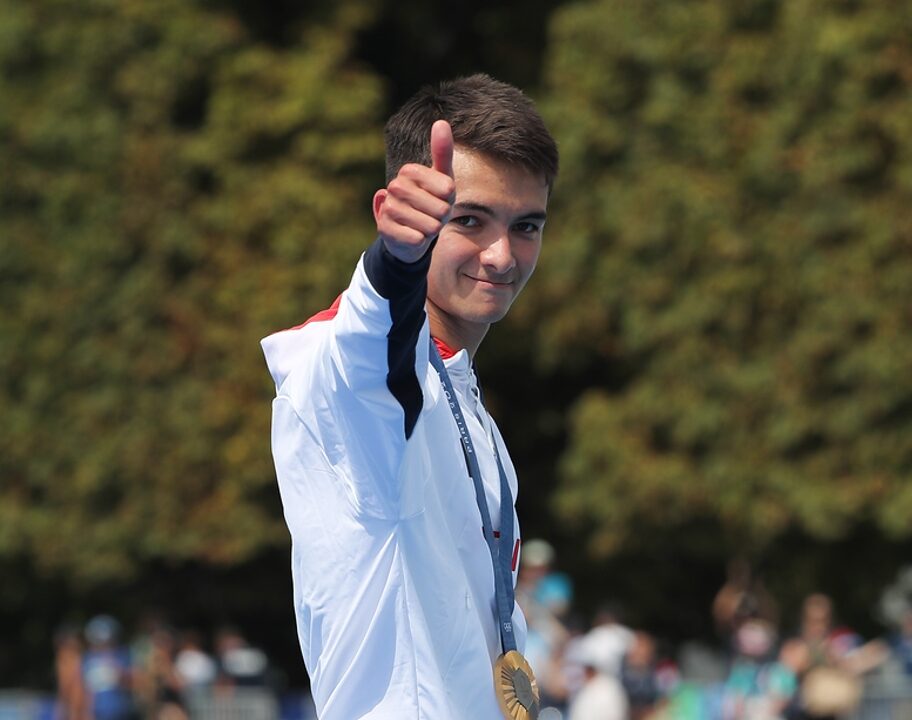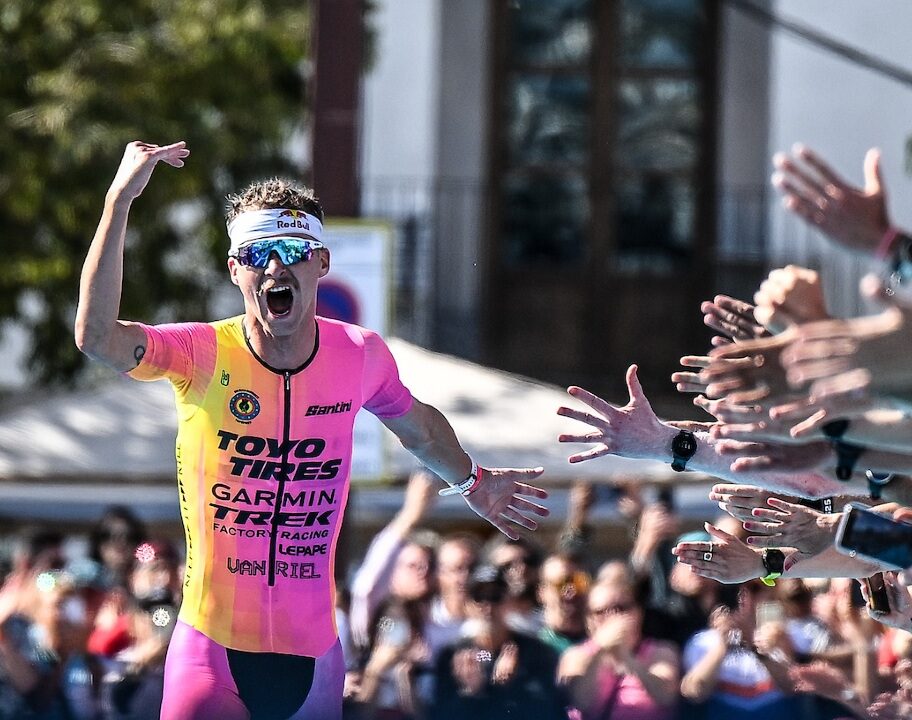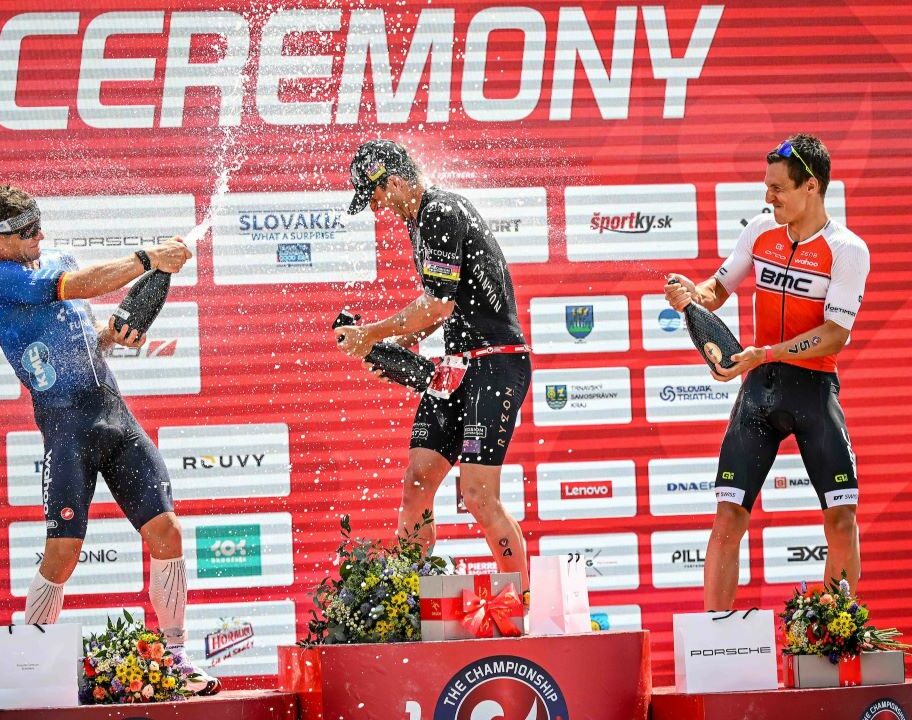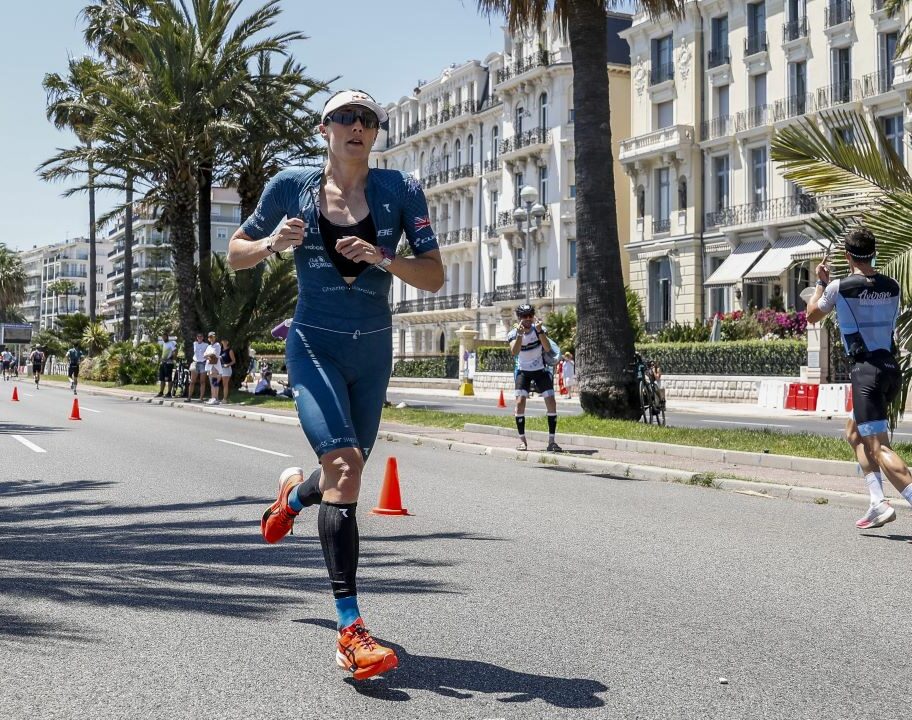The 3.8km (2.4 mile) swim at the start of an Ironman distance triathlon might be the shortest part of your race. But how you feel coming out of the water, and your position in the field can have a significant impact on the rest of your race. And for plenty of amateur triathletes – myself included – the swim can be our arch nemesis.
Whether it’s struggling to have time to consistently get to a pool to get the training done. Or not really knowing what to do when we’re in the water to get bang for our buck so we actually come home with swim gains to go with our semi-permanent goggle marks and lingering eau de chlorine. The swim is often our weakest discipline, costing vital minutes come race day. And if you’re racing at the pointy end of the field – that could be the difference between a spot on the podium, and coming home empty handed.
So what do we need to be doing in training and on race day to actually get faster in the water? I spoke to expert swim coach Lucas David to find out!
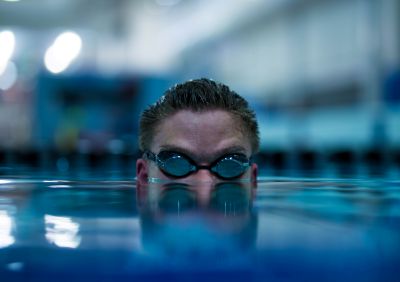
Don’t skip out on race pace specificity in your pool sessions
“One of the biggest gaps in most triathletes’ training is high-quality swimming at race pace,” Lucas explains. “Logging endless meters of Zone 2 and threshold work has its place, but race-specific intensity is essential for peak performance.”
“To build true race readiness, athletes must develop both speed endurance and lactate tolerance while maintaining proper technique under fatigue.”
Lucas uses the below progression structure with his athletes, which has proven highly effective.
race pace specific progressive swim workouts
Start with 10×100m at race pace, with 30 seconds of rest between repeats. This establishes a baseline.
Each week, reduce the rest by 10 seconds, progressing towards 10×100m with only 10 seconds of rest.
Once this benchmark is achieved, reset to 30 seconds of rest but increase the set to 12×100m.
Continue the cycle, systematically reducing rest and increasing volume until reaching 20×100m with 10 seconds of rest at race pace or faster.
“This structured approach ensures progressive overload, enhances endurance at speed, and builds the ability to sustain race pace under fatigue.”
How many times a week should you be hitting the pool to get faster over the Ironman swim distance?
Take a look at pro triathlete’s training schedule, and more often than not they’re hitting the pool 5-6 times a week. But for age-groupers managing the work-life-training balance, that’s not often achievable. Lucas recommends that to start seeing improvements in you swimming, you need to carve out time for a minimum of thee swim sessions per week. But these sessions need to be strategic and have structure to target key performance areas.
“One session a week should be focused on technical and aerobic development. Take time to refine technique and build aerobic capacity.”

“Your second session should be all about race pace, pure speed and lactate tolerance. This will help you to develop the ability to sustain high-intensity efforts while maintaining efficiency.”
“The third session needs to target race-specific endurance. Reinforce pacing, stroke mechanics and sustained effort at race intensity.”
“Ideally for optimal results, you’d also incorporate a fourth swim dedicated to technique and recovery. This can further enhance your efficiency, and prevent burn out.”
Translating your pool speed to open water
While in theory, putting a wetsuit on and getting all the benefits of extra buoyancy should make us swim faster. For many of us, we struggle to get our hard-earned swim speed gains in the pool to actually translate to open water. So what’s the deal?
It comes down to pacing, says Lucas. “Poor pace control is a common issue among triathletes. Many start too conservatively, only to spike their heart rate when attempting to pass, leaving them out of breath and struggling to recover.”
“To race efficiently, athletes must develop the ability to adjust speed and technique dynamically while maintaining control. This skill can be trained in the pool through low-rest interval sets that alternate between easy, medium, and fast paces, reinforcing smooth transitions and improved pace awareness.”
How to swim faster on race day
Once you add in the nerves and adrenaline of race day, along with the hoards of other wetsuit-clad triathletes all clamouring for the same bit of water. Swimming quickly and efficiently on race day can actually be way harder than you might anticipate. So how can we make the most of the crowds, stay calm and stay efficient to come out of the water with a faster swim split without feeling completely exhausted?

Lucas explains that it’s all about positioning. “When swimming in a large group, positioning is key to conserving energy and maintaining speed. Follow these strategies:
Draft efficiently: Stay within 12-24 inches behind another swimmer’s feet to take advantage of reduced resistance. If swimming beside someone, position your head near their hip to benefit from their wake.
Control your effort: Avoid unnecessary surges. Maintain a steady effort and only increase speed when strategically necessary (e.g. passing or breaking away).
Stay relaxed in the crowds: If you find yourself trapped in pack, breathe bilaterally to stay aware of positioning and find the best drafting spot.
Avoid fighting for space: if you’re getting hit or feeling boxed in, sight ahead and angle slightly to find clearer water without veering too far off course.”
“Mastering these techniques can make a significant difference in your overall swim efficiency and energy conservation for the rest of the race.”

